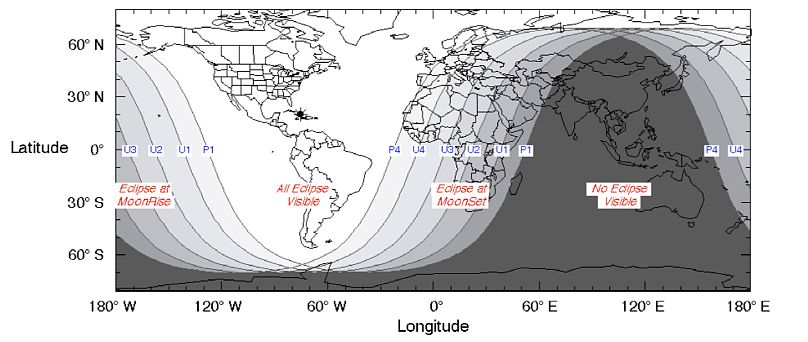A total lunar eclipse will be visible in western Europe on January 21.
Total lunar eclipses are fairly common but the one scheduled on January 20 and 21 will be made all the more spectacular as it will be the last one in more than a year, NASA has revealed.
What is a lunar eclipse?
A lunar eclipse occurs when the moon passes completely behind Earth and into its shadow. It happens when the sun, Earth and the moon are perfectly aligned with our planet in the middle, thus blocking sunlight from reaching the moon. The light then appears reddish, hence the "blood moon" name.
Luna eclipses only take place when the moon is full.
Why is the one special?
Total lunar eclipses usually happen at least once a year but the one on January 20 will be the last one to occur until May 2021.
Another element setting it apart is that the moon will be at its closest point to Earth in its orbit — called perigee — meaning the moon will appear slightly bigger and brighter in our night sky. That's what we call a "supermoon."
For the Americas, this total lunar eclipse is particularly spectacular as the whole continent will be able to experience it — a first in nearly 19 years.
Best time to watch:
Unfortunately, it will be a bit more elusive in other parts of the world with people in south-east Asia and Australia unable to see it at all.
Only the Americas and Europeans in the most western and northern parts of the continent — Portugal, the UK, Norway, northern Spain and western France — will see the full eclipse. The rest of the continent and large swathes of Africa as well as central Asia will only see a partial eclipse.
The total eclipse will last a little over one hour with the full event — partial eclipses preceed and succeed the total one — spanning three hours.
In western Europe, the peak is expected to be at 10:19 CET on January 21.
Contrary to solar eclipses, lunar ones do not require sky-gazers to use special glasses.












